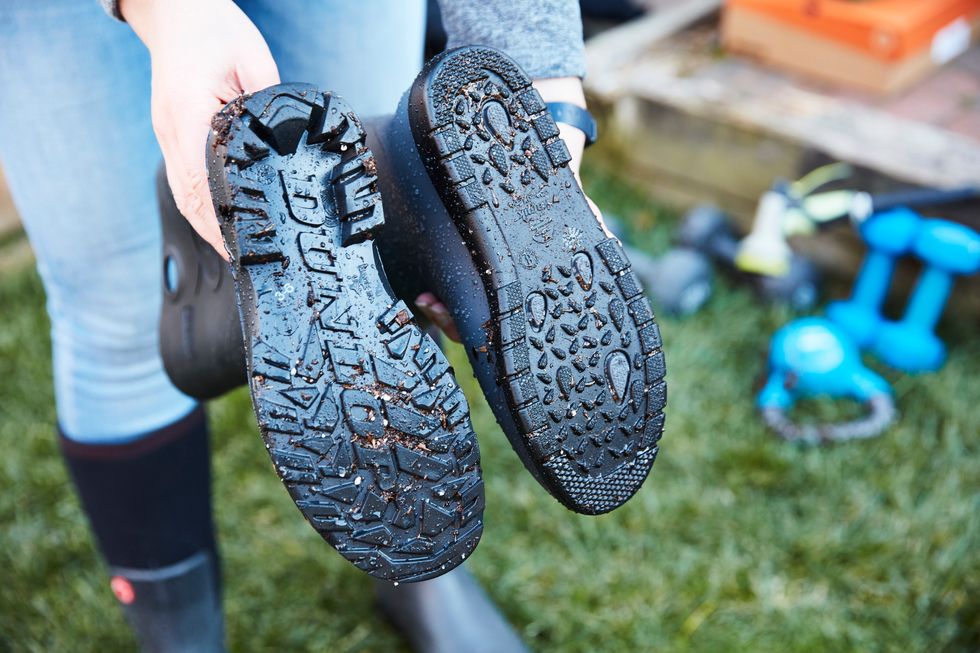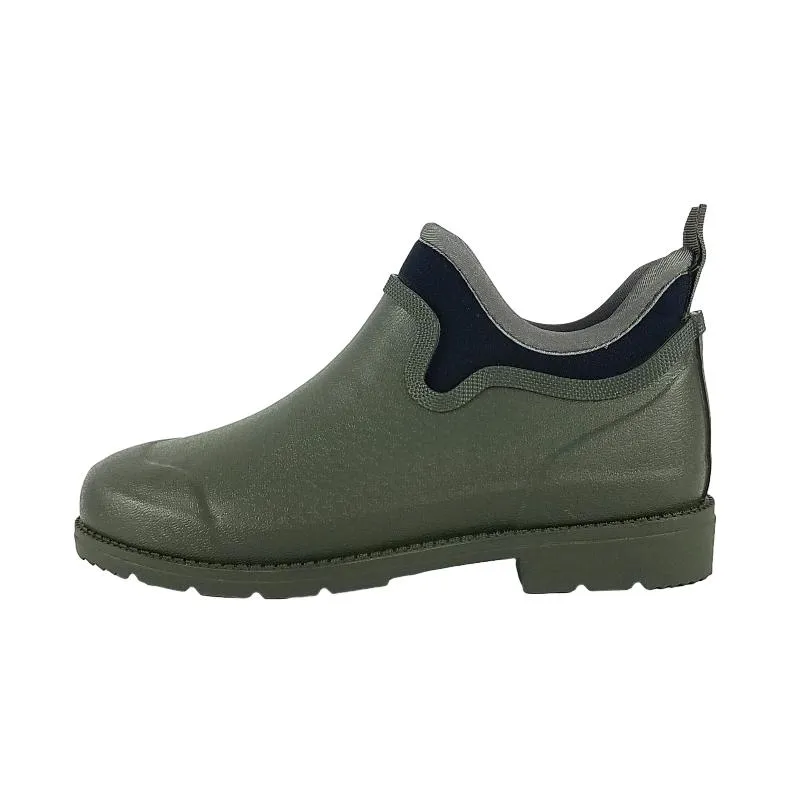The Best Rubber Boots for Trekking Through Messy Terrain
If you spend a fair amount of time outdoors, a pair of rubber boots is a necessity year-round. In fall, there are wet leaves to rake and slop-filled gutters to clean. When snow hits the ground, rubber boots keep your feet dry as you trek through slush and icy puddles, and in spring there are submerged fields and trails to navigate. Rubber boots also come in handy in summer, with wet grass to mow and muddy gardens to tend.
Some people call them mud, utility, or rain boots, but whatever your preferred name, all share two main elements: high-traction soles to keep you on your feet and a waterproof or water-resistant exterior to protect you from the elements. We tested more than two-dozen pairs to find out which are up to the task, so read on for the best rubber boots we recommend considering.
What to Consider
Material
In the face of squishy muck, a sturdy pair of rubber boots is the armor you need for dry feet. Both latex-based natural rubber and its petroleum-based synthetic counterpart are naturally impervious to water. The disadvantage: They don’t let water vapor out the way that breathable membrane booties used in waterproof hiking boots do. So as your foot sweats, that moisture is more or less trapped.
Basic models have a molded one-piece rubber upper that’s bonded to the boot’s midsole and outsole, sometimes referred to as a seamless construction. We list options that incorporate a flexible neoprene bootie inside that extends up and around the calves. These boots add a bit more insulation and have a more secure fit as neoprene has an elastane- like stretch that’ll hug the calf.
Sole
You won’t really know how grippy an outsole is or how well it sheds debris until you’re out in the field, but some basic knowledge can steer you in the right direction. Quality soles are lugged for grip and provide traction on slick surfaces and can kick off mud that cakes on.
Deeper lugs are better at biting into the ground but could hang on to mud and muck if the lugs aren’t spaced far enough apart. Dirt has less room to get stuck in the shallower nooks and crannies created by shorter lugs, but those won’t provide the same traction. Still, it’s enough to keep you from slipping on slick pavement or uneven terrain.
Chelsea Ladies Rubber Rain Boots SY995-3
Shaft Height
A low- or mid-height boot is more comfortable than higher shafts because there’s less rubber, and more open space for your legs and ankles to breathe and release heat. However a high-shaft option saves you from getting a boot full of mud when you’re wading through deep bogs.
There’s also the classic duck boot, which is typically lighter and has a unique upper made of both rubber and full-grain-leather. These boots are more suitable if you plan on wearing them primarily for tracking across slushy sidewalks or muddy paths as opposed to deep waters.
We recommend a shaft height of at least 8 in. to give you ample coverage. Anything lower and you’ll be trudging along in muddy socks and a wet foot bed.
How We Selected and Tested
After vetting 27 models based on construction, features, style, and cost, we tested several pairs near our eastern Pennsylvania headquarters in early winter. Recent rain showers made for fertile testing grounds during our use testing, but first we started with head-to-head comparisons about weight, waterproofing, and cleanability.
In order to test each pair of boots equally, we weighed each individual boot on a scale, submerged them in 3.5 inches of water and potting soil for an hour, hosed down the boots to test how easy it was to clean, and of course, wore them on trails, in backyards, on farms, walking through creeks, through fields, and on sidewalks.
Tips on How to Find the Right Fit
Ordering the proper size mud boots can be a particular challenge. Tall slip-on designs tend to have roomy ankles so your foot can get in and out easily, but this can invite blisters as your foot slides within the boot. Choosing a duck boot with traditional laces offers the most customizable fit but requires more time to put on and take off.
No matter the height or lacing style, models generally come in only whole sizes. What’s more, some brands default to “unisex” sizes based on men’s feet. For the best fit, find gender-specific shoes and consult a brand’s sizing chart. A good rule of thumb for people in between sizes is to choose the smaller of the two, unless you’ll frequently wear them with thick socks.
-
White Rubber Shoes in Retro Fashion TrendsNewsJun.04,2025
-
Safety Wellies with Electrical Hazard ProtectionNewsJun.04,2025
-
Hunting and Fishing Boots for Rocky TerrainsNewsJun.04,2025
-
Eco-friendly Waders Made from Recycled MaterialsNewsJun.04,2025
-
Black Boots Rubber: Durability and Style CombinedNewsJun.04,2025
-
Women’s Waders: Comfortable Designs for All-Day FishingNewsMay.28,2025
-
Pairing Dresses with Fashion Rubber BootsNewsMay.28,2025













